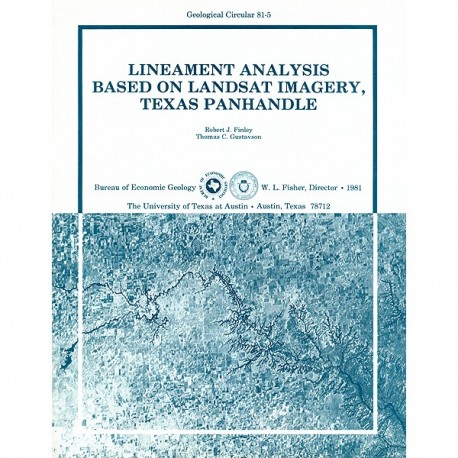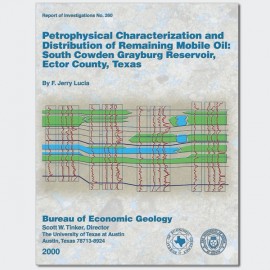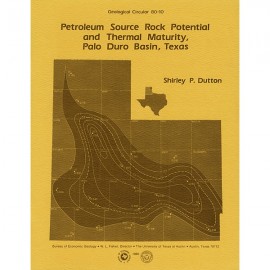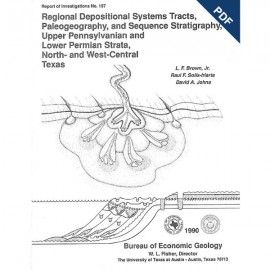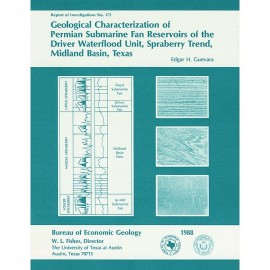Geological Circulars
-
Books & Reports
- Reports of Investigations
- Guidebooks
- Udden Series
- Geological Circulars
- Down To Earth
- Atlases of Major Oil and Gas Reservoirs
- Texas Memorial Museum Publications
- Environmental Geologic Atlas of the Texas Coastal Zone
- Mineral Resource Circulars
- Other Reports
- Seminars and Workshops
- Handbooks
- Submerged Lands of Texas
- Symposia
- Annual Reports
- Open File Reports
-
Maps & Cross Sections
- Thematic Maps
- Miscellaneous Maps, Charts & Sections
- Geologic Atlas of Texas
- STATEMAP Project Maps
- Geologic Quadrangle Maps
- Cross Sections
- Highway Geology Map
- Energy and Mineral Resource Maps
- Shoreline Change and Other Posters
- Wilcox Group, East Texas, Geological / Hydrological Folios
- Bouguer Gravity Atlas of Texas
- River Basin Regional Studies
- Featured Maps
- Posters
- Teachers & the Public
-
Geological Society Publications
- Gulf Coast Association of Geological Societies
- Alabama Geological Society
- Austin Geological Society
- Corpus Christi Geological Society
- Houston Geological Society
- Lafayette Geological Society
- Mississippi Geological Society
- New Orleans Geological Society
- South Texas Geological Society
- GCS SEPM Publications
- Historic BEG & UT Series
Lineament Analysis Based on Landsat Imagery, Texas Panhandle
GC8105
A free, digital version of this publication can be found on: Texas ScholarWorks
GC8105. Lineament Analysis Based on Landsat Imagery, Texas Panhandle, by R. J. Finley and T. C. Gustavson. 37 p., 16 figs., 3 tables, 1 plate, 1981. ISSN: 0089-3302. Print.
To purchase this publication as a PDF download, please order GC8105D.
ABSTRACT
Analysis of seven frames of Landsat imagery covering the Texas Panhandle and adjacent areas revealed linear physiographic features including stream channels, stream valleys, scarps, and aligned playa-lake depressions. These lineaments show preferred orientations of 300°-320°, 030°-050°, and 0°-020°. The 300°-320° orientation of aligned playas and shallow surface drainage is best developed on the surface of the Southern High Plains. The orthogonal 030°-050° orientation is less well represented. Lineaments oriented 0°-020° are most readily detected in the dissected terrain of the Roiling Plains in the eastern Texas Panhandle; a secondary orthogonal trend oriented 270°-280° is also present.
Lineament orientations are similar to orientations of joints measured in the field and to regional structural trends, which suggests that development of physiographic lineaments is controlled or influenced by geologic structure. Few surface faults are mapped in the region; therefore, joints rather than widespread faults are a likely structural geologic control, Joints may provide paths of weakness along which surface drainage might develop preferentially. Joint intersections provide potential sites for downward percolation of water, possibly enhancing playa development, as suggested by dissolution of caliche beneath playas. Thus, joints probably exert an important control on the geomorphology of the region.
Keywords: geomorphology, landsat, lineaments, Panhandle, physiography, playas, Rolling Plains, Texas
Citation
Finley, R. J., and Gustavson, T. C., 1981, Lineament Analysis Based on Landsat Imagery, Texas Panhandle: The University of Texas at Austin, Bureau of Economic Geology, Geological Circular 81-5, 37 p.
